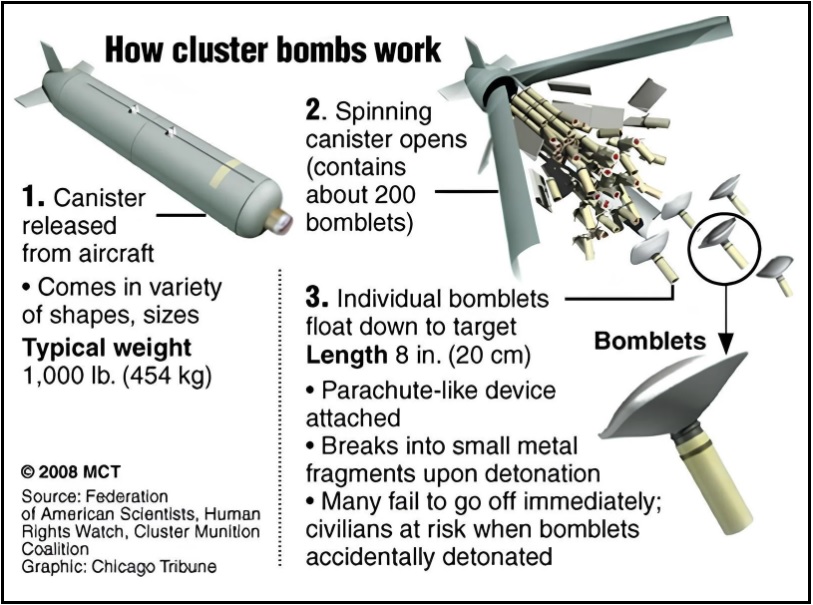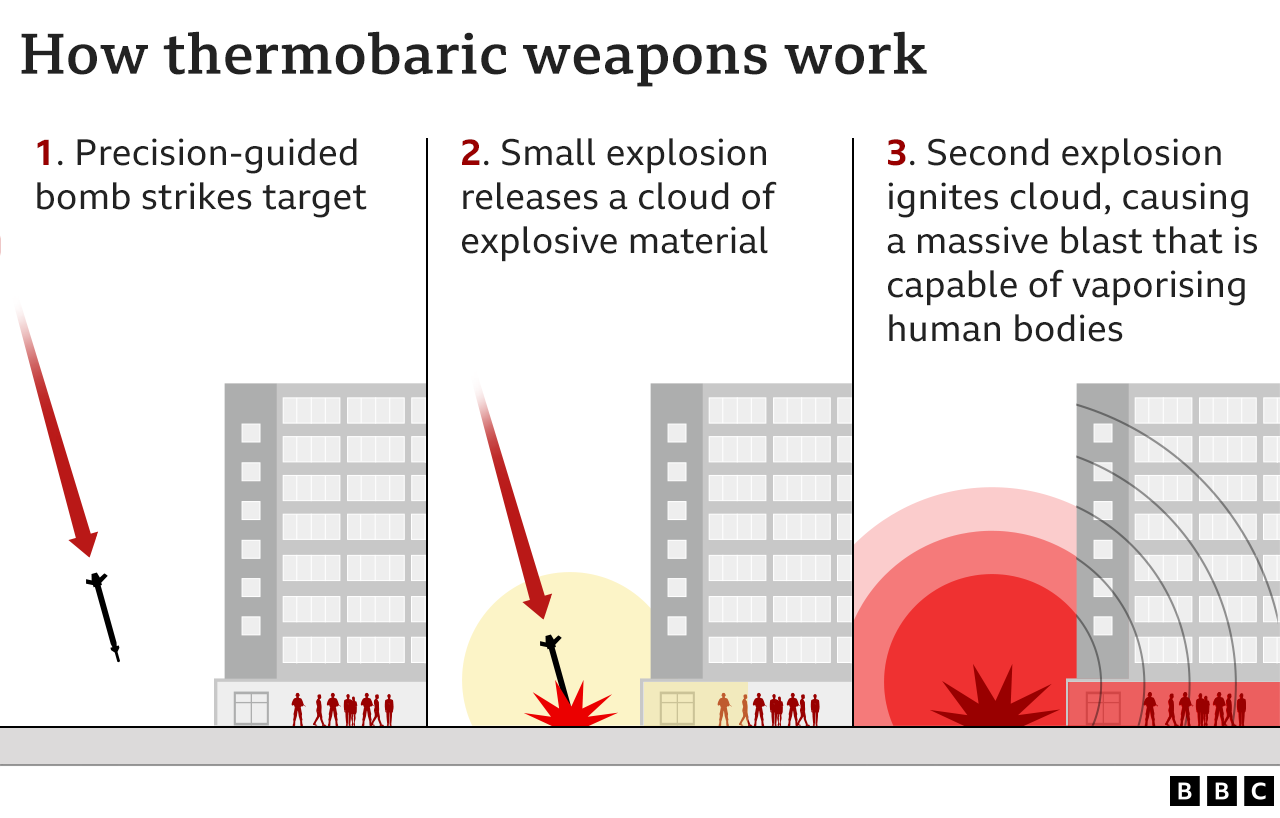Recently, eight fishermen from Tamil Nadu were arrested by the Sri Lankan Navy near Katchatheevu Island for crossing the International Maritime Boundary Line (IMBL).
Reference
Amnesty International and Human Rights Watch, and Ukraine’s ambassador to the United States accused Russia of using cluster bombs and vacuum bombs in the ongoing war.
Countries that have ratified the Convention on Cluster Munitions are prohibited from using cluster bombs.

Vacuum bombs are not prohibited by any international law or agreement, but their use against civilian populations in built-up areas, schools or hospitals, could attract action under the Hague Conventions of 1899 and 1907.

Reference
A 22-year-old student from Punjab who had suffered an ischemic stroke and was undergoing treatment for about a month died in Ukraine.
There are two types of stroke - ischemic and hemorrhagic.
A stroke is a medical emergency, and prompt treatment is crucial. Early action can reduce brain damage and other complications.
Reference
Members of the World Health Organisation (WHO) held the first round of negotiations towards the Pandemic Treaty.
While the EU wants the treaty to be legally binding, the U.S., Brazil and India have expressed reservations about the same. The legal nature of the treaty is yet to be defined.
Article 19 of the WHO
Reference
With the decline in flights for business or pleasure due to the ongoing pandemic, airlines that are attempting to maintain market share are complaining about the ‘ghost flights’ they are being forced to fly.
Reference